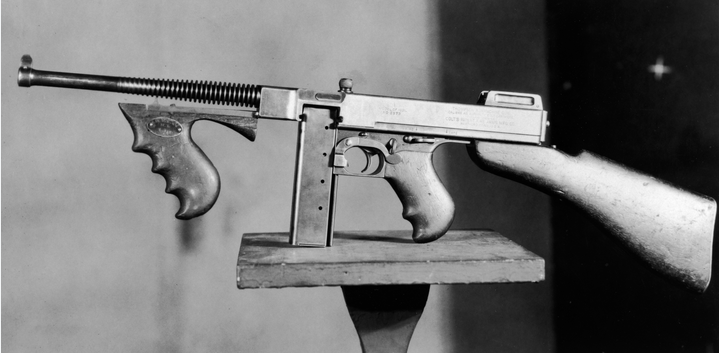The national firearms act (NFA) of 1934 holds as among the most crucial components of legislation inside the arena of handgun regulation in the states. Introduced in reaction to gangland assault throughout the Prohibition age, the NFA was built to manage some types of firearms and accessories regarded particularly hazardous or inappropriate for civilian use. Here is what you ought to understand about the NFA:
1. Beginnings and Objective:
The NFA was passed on in response towards the increasing physical violence related to organized offense during the 1920s and early on 1930s, notably the usage of firearms like device guns, brief-barreled rifles and shotguns, and silencers by criminals. Its principal aim was to regulate and taxes the shift and manufacture of these distinct kinds of firearms and components. By imposing strict polices and large taxation, legislators hoped to curb their availability and deter illegal process.
2. Regulated Firearms and Gadgets:
The NFA imposes regulations on many types of firearms and devices, including:
Unit weapons: Fully automatic firearms competent at firing several rounds by using a solitary move from the induce.
Short-barreled rifles (SBRs): Rifles with barrels shorter than 16 in . or total measures shorter than 26 “.
Brief-barreled shotguns (SBSs): Shotguns with barrels shorter than 18 in . or all round lengths smaller than 26 ins.
Suppressors (silencers): Gadgets mounted on firearms to lessen the noise of gunfire.
Damaging products: Specific explosives, bombs, grenades, and big-quality firearms not appropriate for sporting uses.
3. Compliance and Regulations:
To possess or move an NFA-governed firearm or gadget, people and organizations must abide by strict restrictions. This consists of spending a tax stamp for each and every piece, undergoing a substantial track record check, and receiving acceptance through the Bureau of Alcoholic beverages, Cigarette, Firearms and Explosives (ATF). In addition, any move of those goods must be documented and noted to the ATF.
4. Impact and Conflict:
The NFA has experienced a lasting influence on handgun control in the United States. When proponents argue that it may help avoid the proliferation of hazardous weaponry and minimizes weapon-relevant criminal activity, critics often cite it as being an infringement on 2nd Amendment proper rights and argue that it disproportionately influences rules-abiding weapon proprietors. Over time, there has been arguments and legitimate obstacles surrounding the constitutionality and efficiency in the NFA.
To summarize, the National Firearms Act of 1934 remains to be a building block of firearm legislation in the states. By imposing rigid regulations and taxes on certain types of firearms and components, it aspires to equilibrium open public basic safety problems with 2nd Amendment legal rights. Comprehending its conditions and consequences is crucial for anybody involved in the acquisition, move, or production of NFA-licensed goods.



